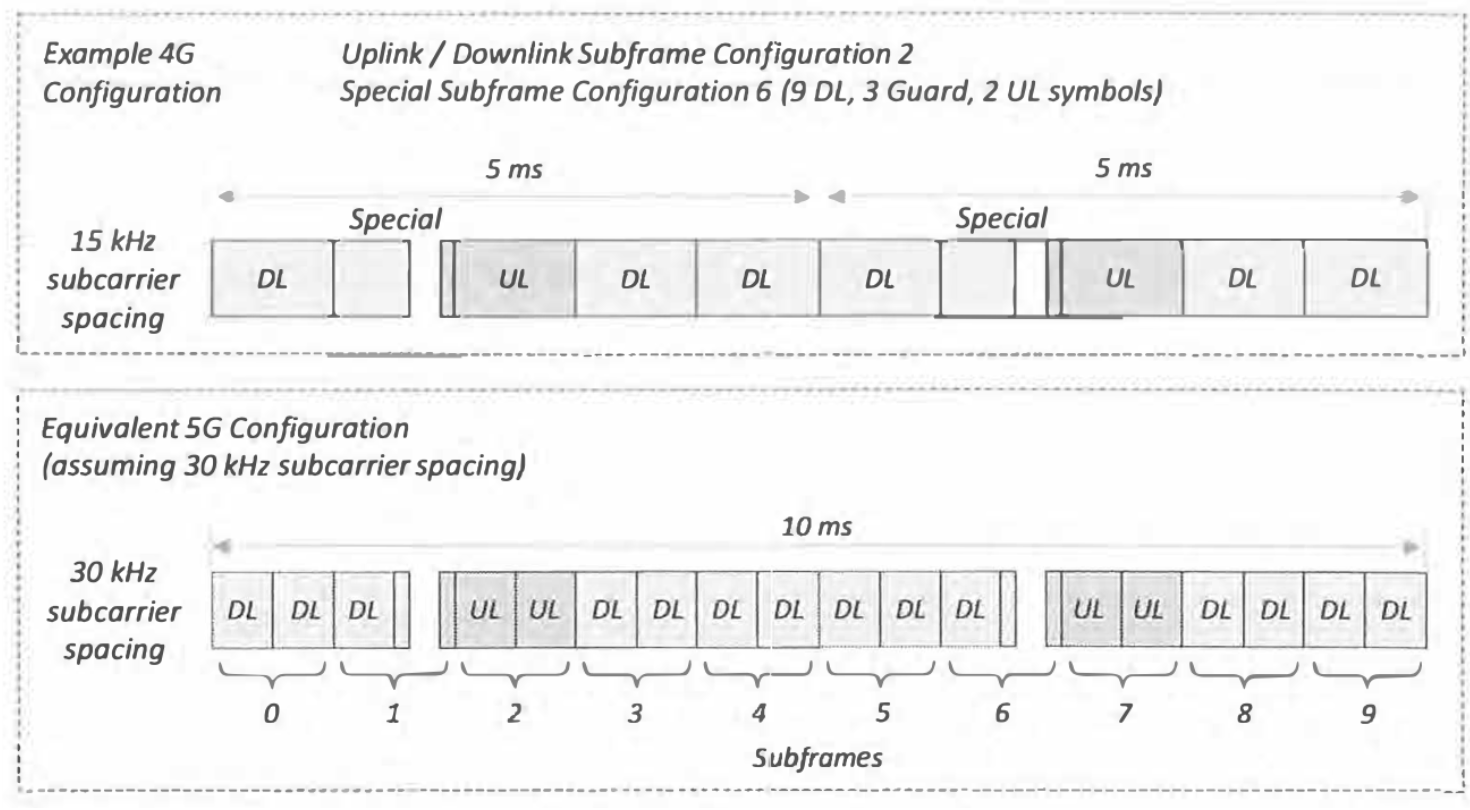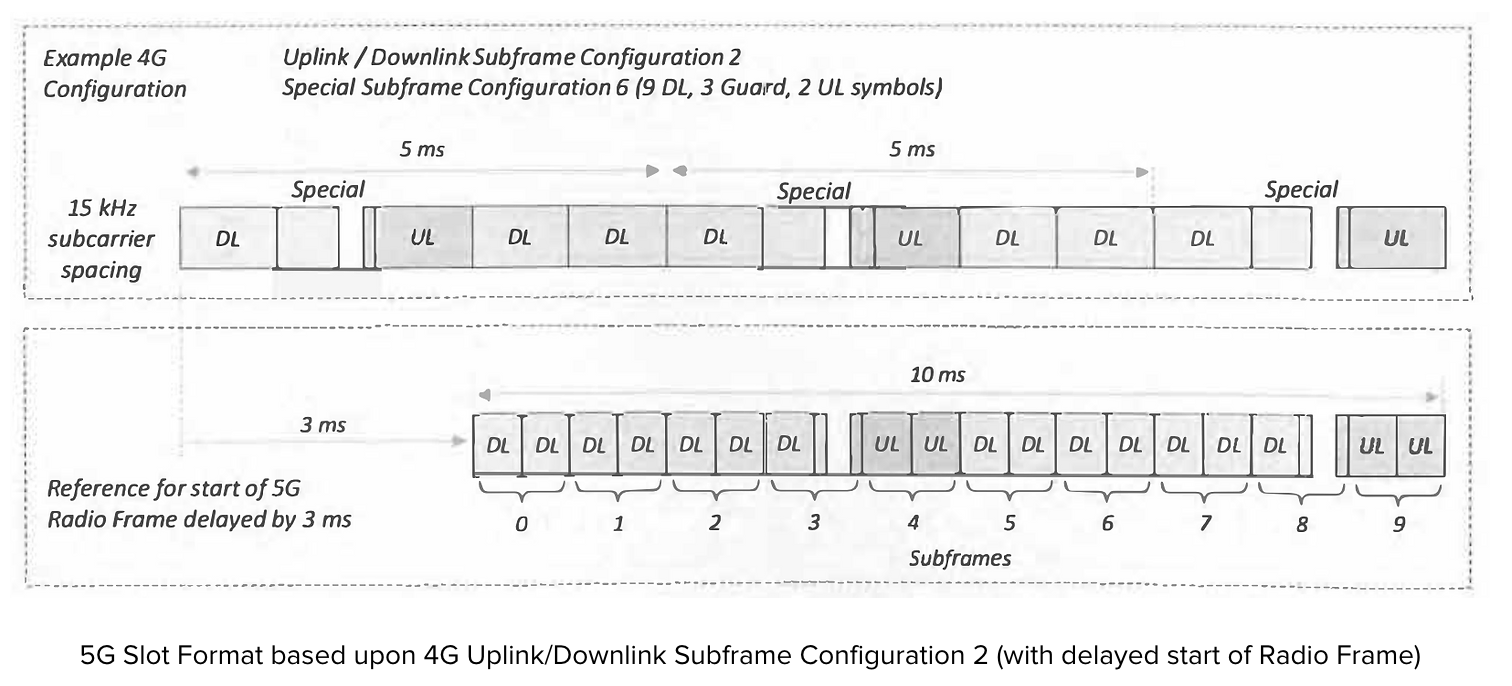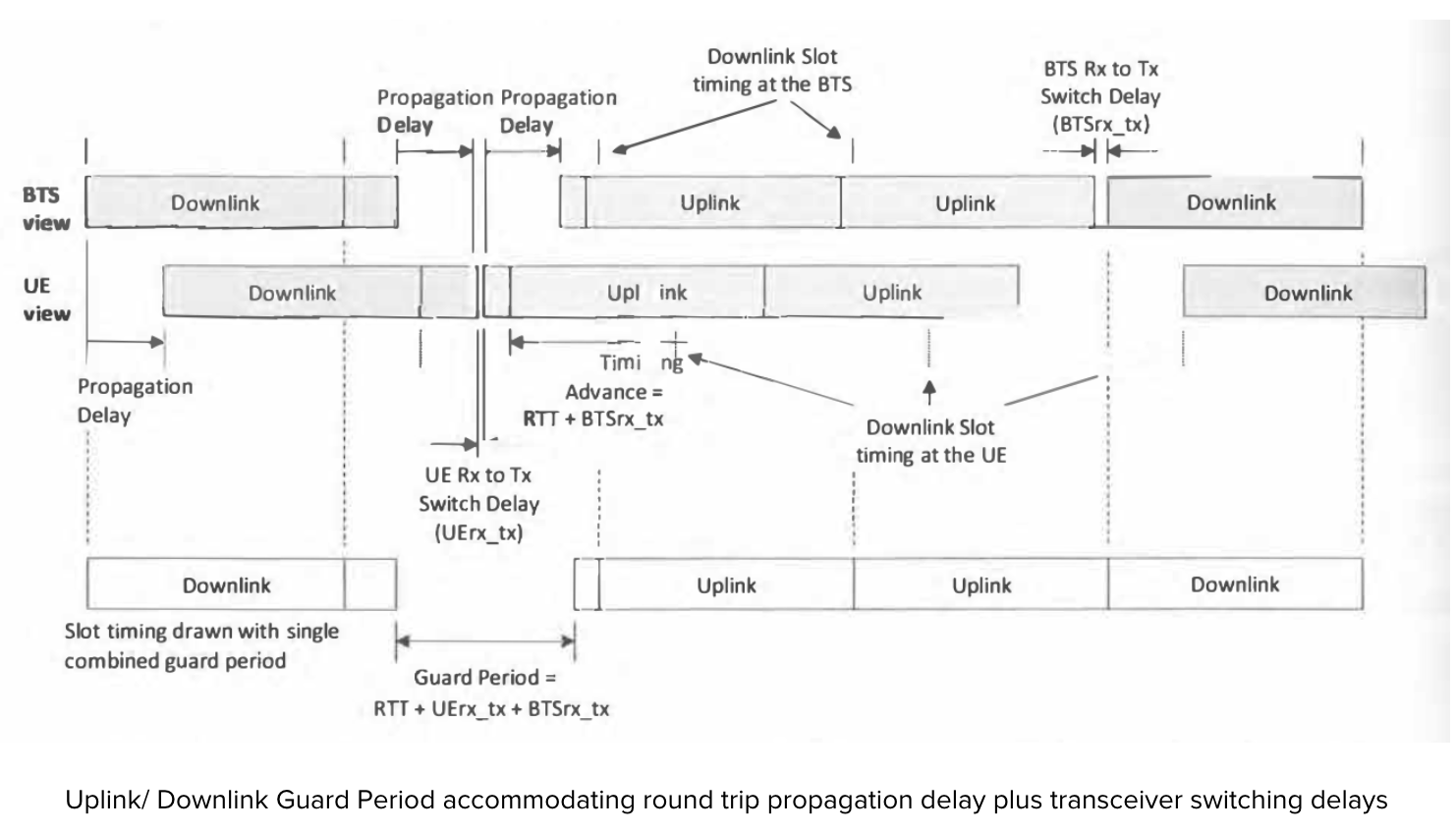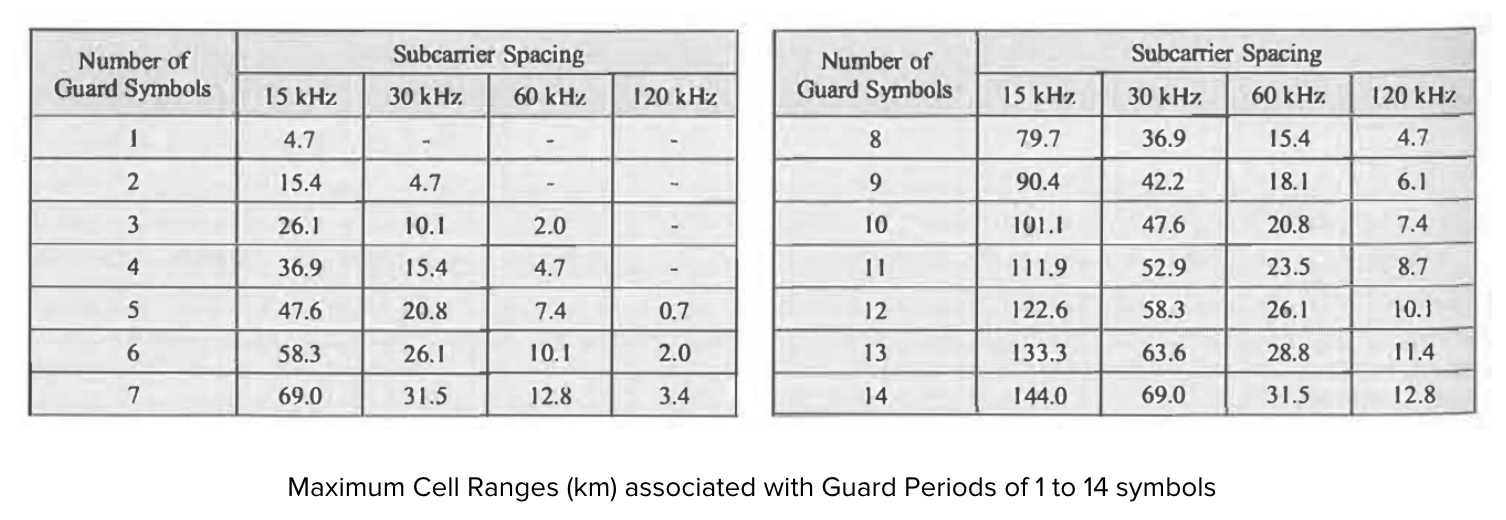5G RADIO NETWORK PLANNING PART-2 UPDATED IN 2024
Introduction to Radio Network Planning
In our previous section, we discussed the use of semi-static and dynamic Slot Formats for Time Division Duplex (TDD) in 5G networks. Initial 5G network deployments are likely to focus on semi-static Slot Formats due to the challenges associated with cross-link interference when using dynamic Slot Formats. This blog continues with a detailed examination of Slot Formats, their implications for radio network planning, and strategies to address various deployment scenarios.

Slot Format
- Previous section describes the use of semi static and dynamic Slot Formats for TDD. Initial 5G network deployments are likely to focus upon using semi-static Slot Formats due to the challenges associated with cross-link interference that can be generated when using dynamic Slot Formats.
- In some countries, the national regulator may specify the Slot Format to be used within each 5G operating band. In other countries. operators may agree to use a common Slot Format. In these cases, it is not necessary for the Radio Network Planning team to select a Slot Format. However, the Slot Format has implications upon other aspects of Radio Network Planning so it is important to complete an initial impact assessment.
GSCN and Subcarrier Alignment
- The appropriate value of ‘M’ changes as the center frequency of the channel bandwidth increments in steps of 100 kHz. This results from 100 kHz not being an integer multiple of15 kHz. The preceding example has illustrated that M=5 should be selected, but if the center frequency of the channel bandwidth is incremented to 2320. 1 MHz then the combination of N = 1933 and M= 1 provides subcarrier alignment.
GSCN=3xN+(M 3)/ 2=3x1933+(5 3)/ 2=5800
- Subcarrier alignment is less complex for operating bands above 3GHz because the 100kHz channel raster is not used. In these cases, the ‘M’ variable is not required when calculating the SS/PBCH center frequency and the corresponding GSCN.
Impact Assessment of Slot Formats
This impact assessment should include:
- SS/PBCH Block restrictions.
- PRACH Format, Root Sequence and Configuration Index restrictions o Cell Range restriction.
- Latency and Throughput dependencies.
- Figure below illustrates an example 5G Slot Format which is based upon 4G Uplink/Downlink Subframe Configuration .For the purposes of this example, it is assumed that 5G is using the 30 kHz subcarrier spacing so there are two 5G slots within the duration of each 4G subframe.
Slot Format Variations
- Considering the SS/PBCH, it is important to note that there are 3 downlink slots at the start of the radio frame. It can be seen that when using the 30 kHz subcarrier spacing, SS/PBCH transmissions can potentially start during symbols (4, 8, 16, 20, 32, 36, 44, 48} or during symbols {2, 8, 16, 22, 30, 36, 44. 50}. In the case of below Figure, the 3 downlink slots allow starting symbols of (4, 8, 16, 20, 32, 36} or !2, 8, 16, 22, 30, 36}, i.e. it is only possible to transmit 6 SS/PBCH rather than the complete set of8 SS/PBCH. In terms of beam forming, this restricts the cell to having 6 SS/PBCH beams rather than 8 SS/PBCH beams, i.e. a smaller set of wider beams is required when compared to a cell which supports 8 SS/PBCH beam.

- Considering the PRACH Format, it is important to note that there are 2 consecutive uplink subframes which provide an uplink duration of 1 ms. This means that there is scope to transmit ‘Long’ PRACH Preamble formats 0 and 3 which both have durations of 1 ms. However, it is not possible to select ‘Long’ PRACH Preamble Format 1 nor Format 2 which both have durations exceeding 1 ms. Having the option to select a ‘Long’ PRACH Preamble format means that cells can benefit from an increased cell range and an increased number of PRACH Root Sequences (838 Root Sequences rather than 138 Root Sequences). Having an increased number of Root Sequences means that the re-use pattern will be larger and there will be a reduced risk of collision.
- Considering the PRACH Configuration Index, it is important to study the timing of the uplink slots. The PRACH Configuration Index defines the timing of the PRACH opportunities and these opportunities must coincide with the uplink slots. For example, 3GPP TS 38.211 specifies PRACH Configuration Indices 9, 14 and 19 that allow the transmission ofPRACH format during subframes 2 and 7. These Configuration Indices could thus be selected for deployment but all other Configuration Indices linked to PRACH format 0 should be excluded.
- Figure below illustrates the same Slot formats as the Figure above but the Radio Frame is configured to start 3ms later, i.e. the Radio Frame starts immediately after an uplink slot. This solution increases the number of downlink slots at the start of the Radio Frame and so increases the number of SS/PBCH Blocks which can be accommodated. In this case, the complete set of 8 SS/PBCH Blocks can be accommodated by the first 4 downlink slots. In addition, this solution changes the subframe numbering associated with the uplink slots, i.e. the uplink subframes are now numbers 4 and 9 rather than 2 and 7. This changes the set of PRACH Configuration Indices which can be supported. 3GPP TS 38.211 specifics PRACH Configuration Indices 0 to 7, 12 and 17 that allow the transmission of PRACH format during subframes 4 and 9.

- Figure below illustrates an example Slot Format which distributes the uplink slots across the Radio Frame. In this example, there are 3 downlink slots at the start of the Radio Frame so it is possible to accommodate up to 6 SS/PBCH Blocks. Each uplink slot has a duration of 0.5 ms so ‘Long’ PRACH Preamble Formats cannot be accommodated. Instead, it is necessary to use ‘Short’ PRACH Preamble Formats (described in Section 7.2.4). These PRACH Preambles are restricted to supporting relatively small cell ranges and allow the use of only 138 Root Sequences. These factors indicate that the Slot Format illustrated in Figure below is more appropriate for small cells or microcells.

- A benefit associated with the Slot Format illustrated in Figure above is reduced latency. There is a reduced average waiting time for an uplink slot because the uplink slots are distributed across the Radio Frame. This is beneficial in terms of transferring uplink data but is also beneficial in terms of returning acknowledgements after receiving downlink data.
- The guard period belonging to the Slot Format can impact the maximum cell range. The guard period is required to accommodate the round trip propagation delay in addition to the transceiver switching delay at both the Base Station and UE. Figure below illustrates the uplink/ downlink transmission timing observed by the UE and Base Station for a UE which is positioned at cell edge.

- Downlink slots are received by the UE after experiencing the propagation delay. Timing Advance determines the point in time that the UE starts to transmit in the uplink direction. Timing Advance is relative to the downlink slot timing received by the UE. Timing Advance cannot instruct the UE to start transmitting immediately after the downlink transmission has finished. It must allow some time for the UE to switch from receiving to transmitting. This typically requires 10 to 40 microseconds.
- Uplink radio frames are received by the Base Station after experiencing the propagation delay. The Timing Advance instruction must be large enough to ensure that there is time for the Base Station to switch from receiving to transmitting after the uplink transmission has finished. This typically requires 10 to 20 microseconds.
- The maximum cell range is determined by the duration of the guard period after subtracting the UE and Base Station switching times.
- Table below presents the maximum cell range associated with a range of guard periods assuming a total of 40 microseconds for both the UE and Base Station switching times. These figures assume the normal cyclic prefix (14 symbols per slot).

- The maximum cell range is larger for the smaller subcarrier spacings due to the longer symbol durations. Guard periods longer than 14 symbols could be configured to support larger cell ranges.
- The entries within Table352 without a cell range result correspond to guard periods which are too short to accommodate the 40 microseconds transceiver switching delay.
Throughput Considerations
- Throughput requirements should also be considered when evaluating a SlotFormat. The ratio between the uplink and downlink slots will impact the ratio between the uplink and downlink throughputs. The ratio is also likely to impact link budget requirements. If there is a specific cell edge average throughput requirement, reducing the number of slots will make that average throughput requirement more difficult to achieve. It will be necessary to increase the instantaneous throughputs to compensate for the reduced number of slots. Increasing the instantaneous throughput requirement will increase the SINR requirement and make the link budget more stringent.
- Distributing uplink slots across the Radio Frame will increase the requirement for guard periods which generate an over head from the perspective of uplink and downlink throughputs.
CONCLUSION
Selecting and configuring Slot Formats is a complex yet critical aspect of 5G radio network planning. Understanding the implications of each Slot Format on SS/PBCH Blocks, PRACH Formats, cell range, latency, and throughput ensures optimal network performance.
REFERENCES
- 4G 5G Testing and protocol analysis
- Syllabus for 4G 5G Protocol Testing Training
- Contact Us for training
- Qualcomm Academy Videos
- 3GPP Website
- ShareTechNotes



Comments
Post a Comment